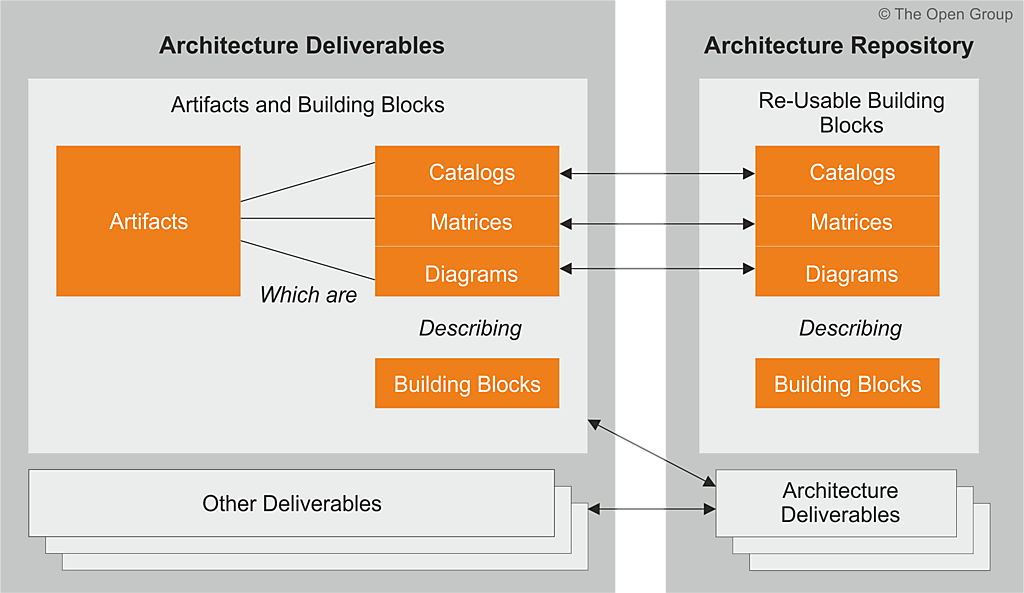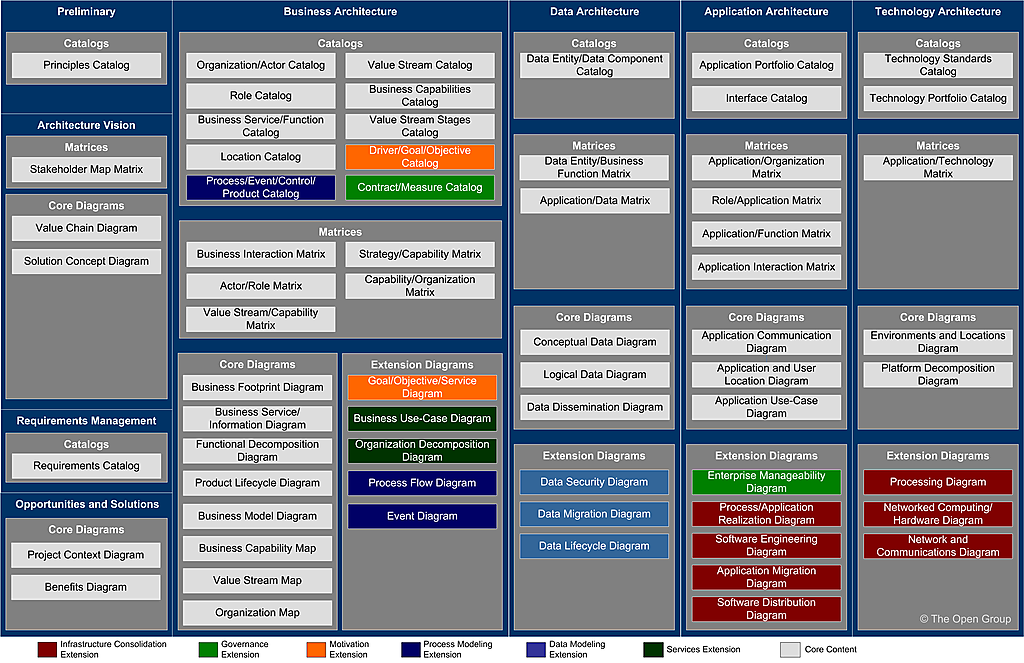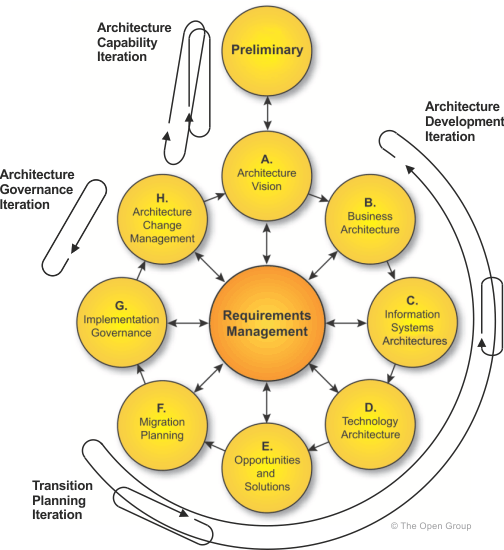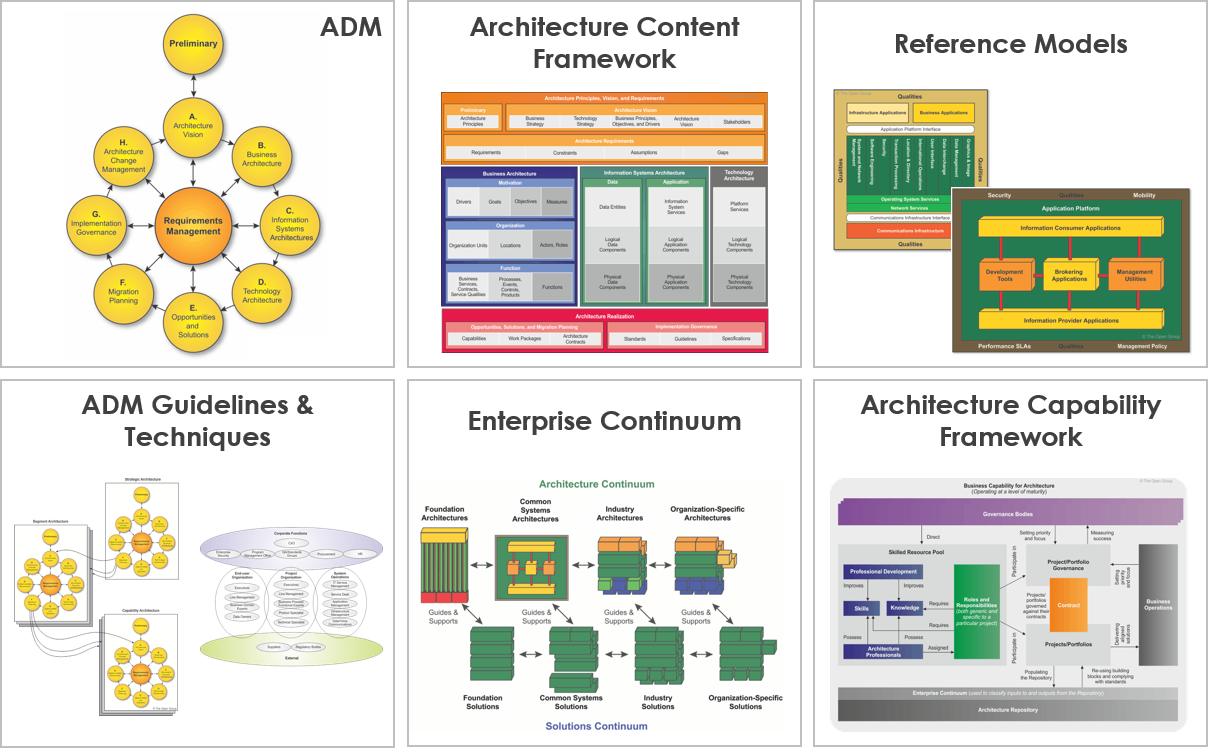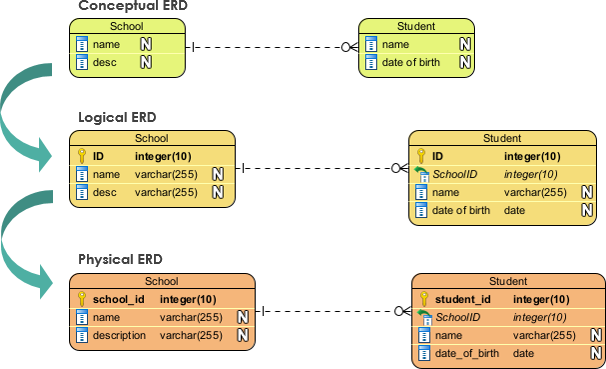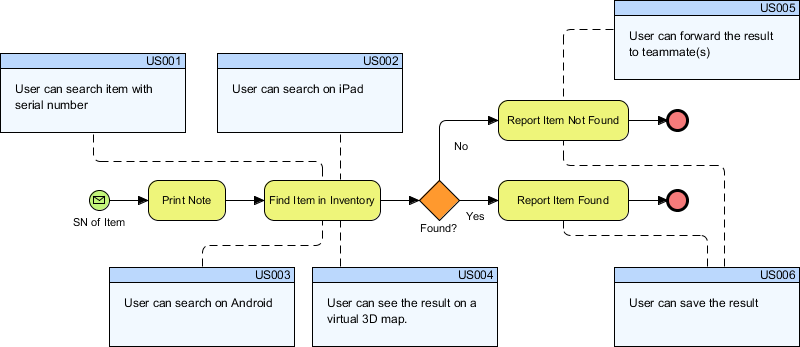Architecture Governance in Practice: A Comprehensive Guide
Introduction In today's rapidly evolving technological landscape, the effective management of architecture plays a pivotal role in an organization's success. The term "architecture governance" refers to the process of overseeing and managing architectural decisions and strategies within an enterprise. This article provides practical insights and guidelines for the implementation of architecture governance, emphasizing the key success factors and strategic elements necessary for its effectiveness. Key Success Factors for Architecture Governance To ensure a successful approach to architecture governance and the effective management of the Architecture Contract, several key success factors should be considered:…continue reading →

